Plantaris muscle
Table of Contents
Introduction
The Plantaris muscle is a small muscle with a short belly and long slender tendon that is located at the back of the leg and along with the Gastrocnemius and Soleus muscles forms the Triceps Surae. The long, thin tendon of plantaris is nicknamed the freshman’s nerve. While not as thick as the Achilles tendon, the plantaris tendon (which tends to be between 30–45 centimeters (12–18 in) in length) is the longest tendon in the human body. Not including the tendon, the plantaris muscle is approximately 5–10 centimeters (2.0–3.9 in) long & is absent in 8-12% of the population.
It is one of the plantar flexors in the back of the leg, along with the gastrocnemius and soleus muscles. The plantaris is regarded to have become an unimportant muscle when human antecedent switched from climbing trees to bipedalism and in anatomically modern humans it mainly acts with the gastrocnemius.
Structure
The plantaris muscle attaches from the inferior part of the lateral supracondylar ridge of the femur at a position slightly superior to the origin of the lateral head of the gastrocnemius. It go posterior to the knee joint in an inferomedial direction and becomes tendinous distally to insert into the Achilles tendon. It sometimes separately inserts into the medial side of the calcaneus.
Innervation
The plantaris muscle is supplied by the tibial nerve, a branch of the sciatic nerve in the sacral plexus. Signaling for contraction starts in the frontal lobe of the brain with the pre-central gyrus (primary motor cortex). Upper motor neurons are stimulated and send a signal between the internal capsule and down the corticospinal tract. Decussation of the lateral corticospinal tract happens in the medullary pyramids, then the fibers continue down the contralateral side of the spinal cord. Upper motor neurons synapse & lower motor neurons at the anterior horn of the spinal cord in the sacral plexus (formed from the anterior rami of spinal nerves L4, L5, S1–4). The lower motor neuron fibers continue down the sciatic nerve & then diverge into the tibial and common fibular nerves. The tibial nerve passes medially at the knee joint. When the tibial nerve receives an action potential, the plantaris muscle contracts producing weak plantar flexion of the foot and weak flexion of the knee.
Variation
The muscle may attach to the oblique popliteal ligament. Interdigitations with the lateral head of the gastrocnemius & a fibrous extension of the muscle to the patella are not unusual.
Anatomy of Plantaris muscle
Origin
It arises from the lower part of the lateral supracondylar line of the femur and from the oblique popliteal ligament of the knee joint and the muscle belly crosses the popliteal fossa inferomedially. In the proximal third of the leg, the muscle belly is located between the popliteus muscle anteriorly and the lateral head of the gastrocnemius muscle posteriorly. Its long slender tendon courses distally between the medial head of the gastrocnemius muscle & the soleus muscle in the middle third of the leg.
Insertion
The muscle is inserted medially, in connection with the Achilles tendon on the calcaneus, or independently on the calcaneus.
Nerve supply
Neural innervation of the plantaris muscle is supplied by the tibial nerve (S1, S2).
Blood supply
Plantaris has a dual blood supply. Superficially it receives blood via the lateral sural artery, a branch of the popliteal artery. Its deep surface is provided by the superior lateral genicular artery, which also stems from the popliteal artery. The distal part of the plantaris tendon receives blood via the calcaneal branches of the posterior tibial artery.
Function of Plantaris muscle
The plantaris acts to weakly plantarflex the ankle joint and flex the knee joint.
The plantaris muscle may also give proprioceptive feedback information to the central nervous system-related the position of the foot. The unusually high density of receptor end organs supports this notion.
Its motor function is so minimum that its long tendon can readily be harvested for reconstruction elsewhere with little functional deficit. many times are mistaken for a nerve by new medical students (and thus called the “freshman’s nerve”), the muscle was useful to other primates for grasping with their feet.
Clinical importance
It is a common injury that is generally attributed to the plantar muscle a condition called tennis leg. Although pain in the calf can be attributed to a rupture of the plantar muscle, recent ultrasound research has shown that the tennis leg more generally arises from tears in the musculotendinous junction of the medial gastrocnemius.
Injury may occur from running, jumping & or pushing off one leg in sports such as tennis, basketball, and soccer, which require fast foot movement in a certain direction. Isolated plantaris muscle strains are rare, and ruptures generally occur in conjunction with injury to other muscles in the back of the lower leg. Symptoms of a plantaris muscle rupture may include an audible popping sound in the area during physical activity, swelling, pain in the back of the lower leg, and continuing soreness. Ankle flexion also is painful.
Exercise of Plantaris muscle
Strengthening exercise of plantaris muscle:
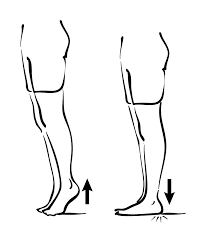
Double-Leg Calf Raise: Calf raises are a calf-strengthening exercise. They use for body weight to strengthen and tone the gastrocnemius and soleus. Stand near a wall or bench for balance. Place your feet hip-width apart & ankles, knees, and hips are in vertical alignment to protect your joints. Push down into the balls of both feet to raise the body up. Keep the abdominal muscles pulled in so move straight rising &shifting body side to side
Single-Leg Calf Raise: In starting position stand on one leg near a wall or bench for balance with the other leg bent. the ankle, knee, and hip of the leg are in vertical alignment to protect the joints. push down into the ball then foot to raise the body upward. The abdominal muscles are pulled in so avoid shifting backward or forward.
Seated Calf Raise: These exercises are done at home or at the gym on a calf exercise machine. The exercise works on both the muscle gastrocnemius and soleus.
Calf-Building Sports: The following sports will help both strengthen and tone your calves Running, walking, hiking, and swimming the magnificent calf strengthening exercise. Running sports like soccer, basketball, and tennis dictate you to run, jump and push the calf muscles to bundled. it is great for toning.
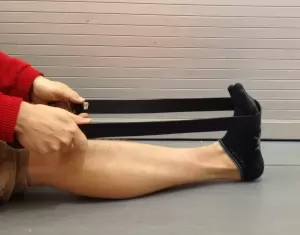
Stretching exercise of plantaris muscle:
- Towel stretch:
Sit on a firm surface with one leg stretched ahead of you.
Loop towel circling toes and the of foot and pull the towel toward body keeping the knee straight.
now hold this position for 15 to 30 seconds and then relax.
Repeat 3 times.
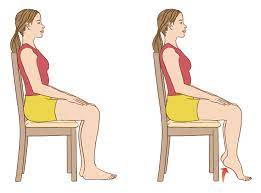
2. Seated Heel Raises
Sit in a chair with both feet on the floor.
Pressing down through the toes, raise heels off the floor.
Hold this position for 10 seconds, then lower. Repeat 10 times.
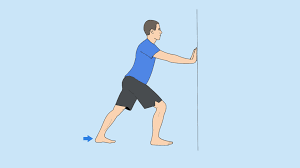
3. Standing calf stretch
Keep both feet flat on the floor and back knee stretch.
Hold this position for 15 to 30 seconds and also relax.
Do these exercises after you’ll stand on your toes while not in pain.
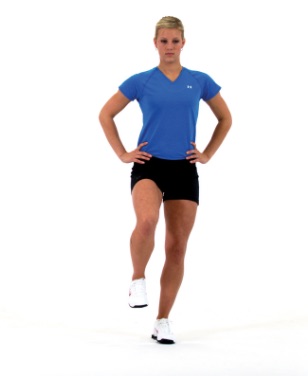
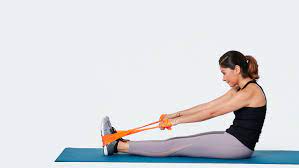
- Single leg balance:
Stand with no support and arrange to balance on one leg.
Repeat three times.
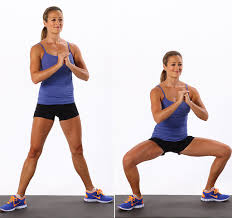
- Resistance Band Calf Exercise:
Wrap the band around the end of your foot and press down into the band, extending your toe and engaging the calf.
Hold this position for three seconds, then slowly relax to the starting position.
Perform 10 to 15 repetitions. Switch legs and repeat. - Full squat:
Your hips go down below your knees.
Perform 10 to 15 repetition
4. wall jump:
you have to face a wall and place a piece of masking tape regarding a pair of feet higher than your head. After that jump up together with your arms higher than your head and take a look at the touch of the piece of tape. check that you are doing -a “spring” variety of motion and don’t land hard on your feet. improve to taking off and landing on a single foot. Do three sets of ten.
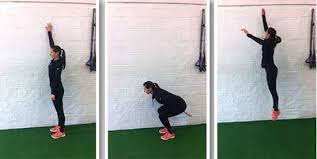

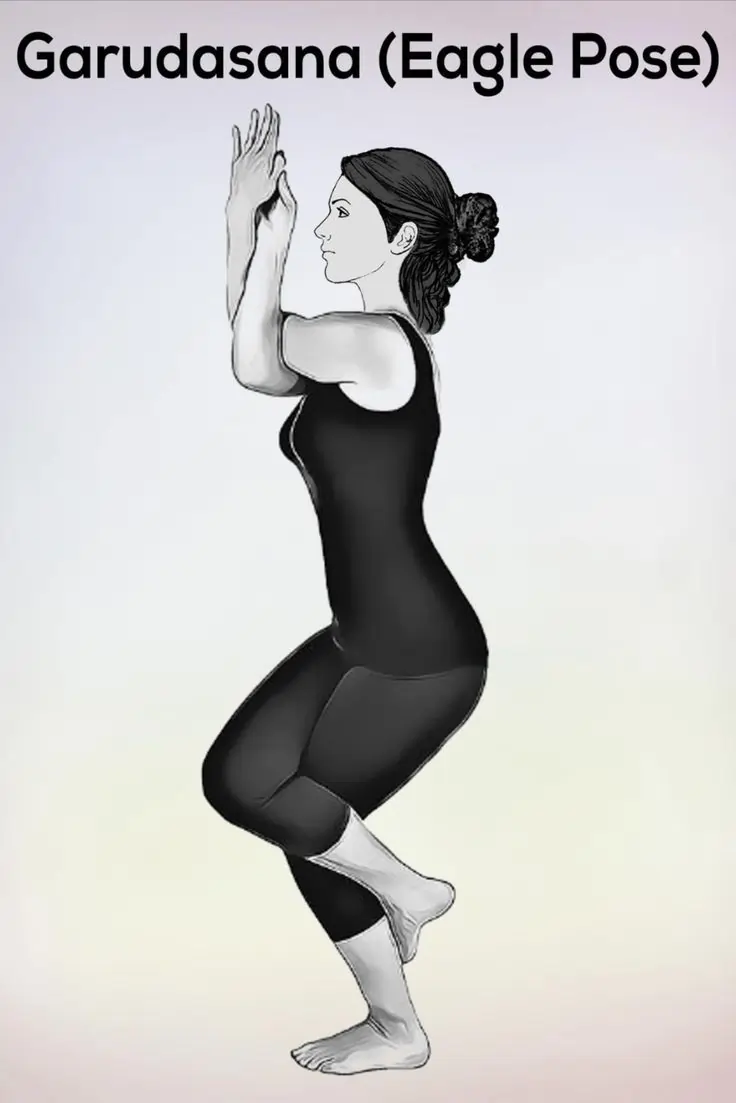
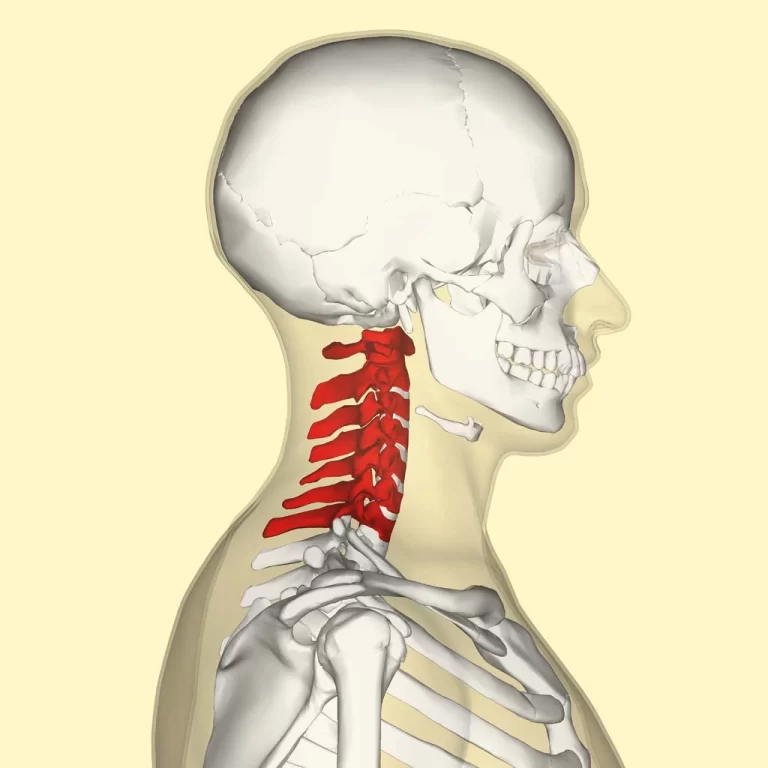
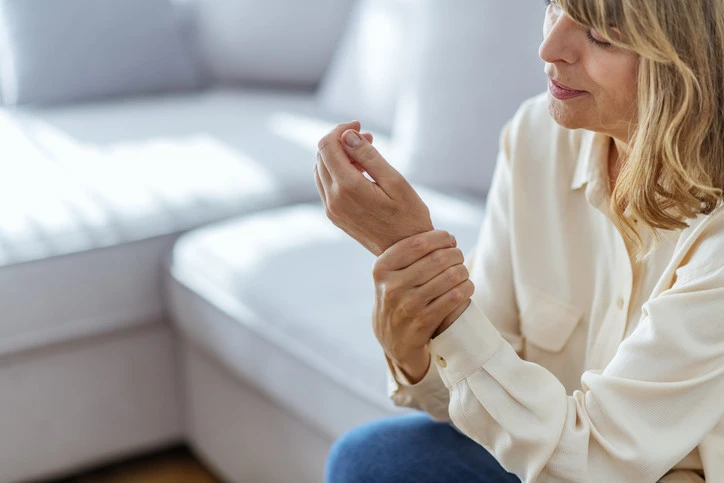

7 Comments